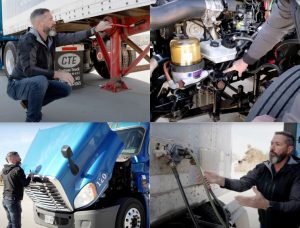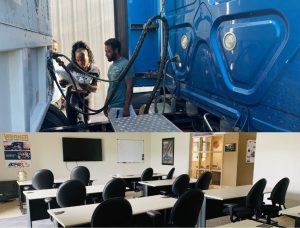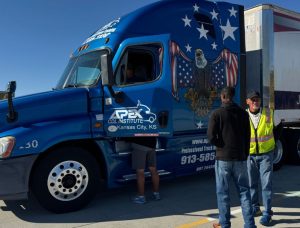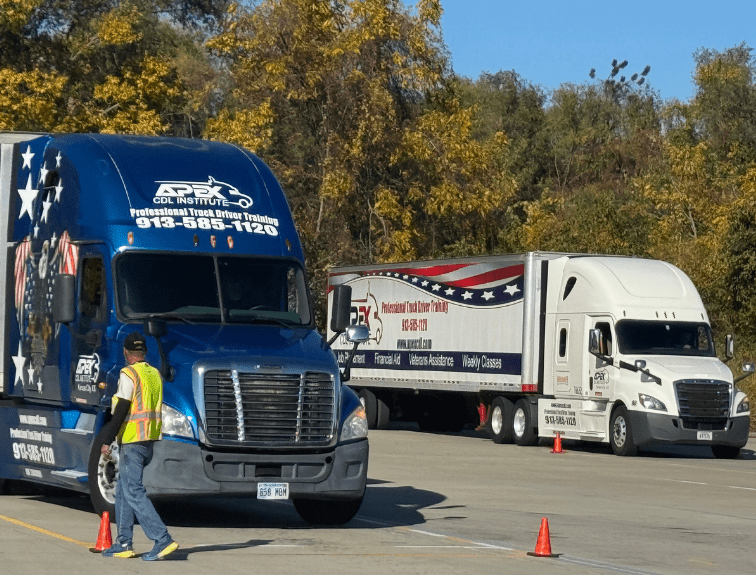
Beyond the Basics: Understanding Your Commercial Class A
Why Your Commercial Class A License Opens the Most Career Doors
A commercial class a license is your ticket to operating the largest and most versatile commercial vehicles on American roads. This advanced CDL class allows you to drive any combination of vehicles with a gross combination weight rating of 26,001 pounds or more, where the towed vehicle exceeds 10,000 pounds.
Quick Answer: What is a Commercial Class A License?
- Vehicle Types: Tractor-trailers, semi-trucks, tanker trucks, flatbeds, livestock carriers
- Weight Requirements: 26,001+ lbs gross combination weight with towed unit over 10,000 lbs
- Career Benefits: Highest earning potential, most job opportunities, can also drive Class B and C vehicles
- Training Time: Typically 3-8 weeks for full certification
The trucking industry desperately needs qualified drivers. Employment of heavy and tractor-trailer truck drivers is projected to grow 6% from 2020 to 2030, faster than most occupations. With an average starting salary of at least $55,990 for new graduates, a Class A CDL offers both job security and financial stability.
Unlike Class B or C licenses that limit your vehicle options, a Class A CDL gives you maximum flexibility. You can haul freight coast-to-coast, drive locally, or specialize in high-paying cargo like hazardous materials. This versatility means more job choices and better bargaining power with employers.
The path to your Class A license involves meeting federal requirements, completing approved training, and passing both written and practical tests. While it requires dedication, the investment pays off quickly in a career that can’t be outsourced and offers genuine job security.
_compressed.jpg?alt=media&token=ce77d115-7872-4c2d-aef0-bad62fa15165)
What is a Commercial Class A License?
Think of a commercial class a license as your passport to big rigs and heavy hauling. This isn’t just any driver’s license – it’s your authorization to operate the massive combination vehicles that keep America’s economy rolling down the highway.
When we talk about commercial vehicles, two important measurements come into play: Gross Vehicle Weight Rating (GVWR) and Gross Combination Weight Rating (GCWR). The GVWR tells us how much a single vehicle can weigh when fully loaded, while the GCWR is the total weight when you combine a truck with its trailer. A commercial class a license is specifically for these “combination vehicles” – where a powerful tractor pulls one or more trailers behind it.
This license opens doors to a career that truly matters. Every time you see fresh groceries in the store, new cars at a dealership, or construction materials at a job site, there’s a good chance a Class A driver made it happen. These drivers are the unsung heroes of our supply chain and logistics networks. If you’re wondering about the bigger picture of this career path, take a look at Why Become a Truck Driver? to see the real impact you can make.
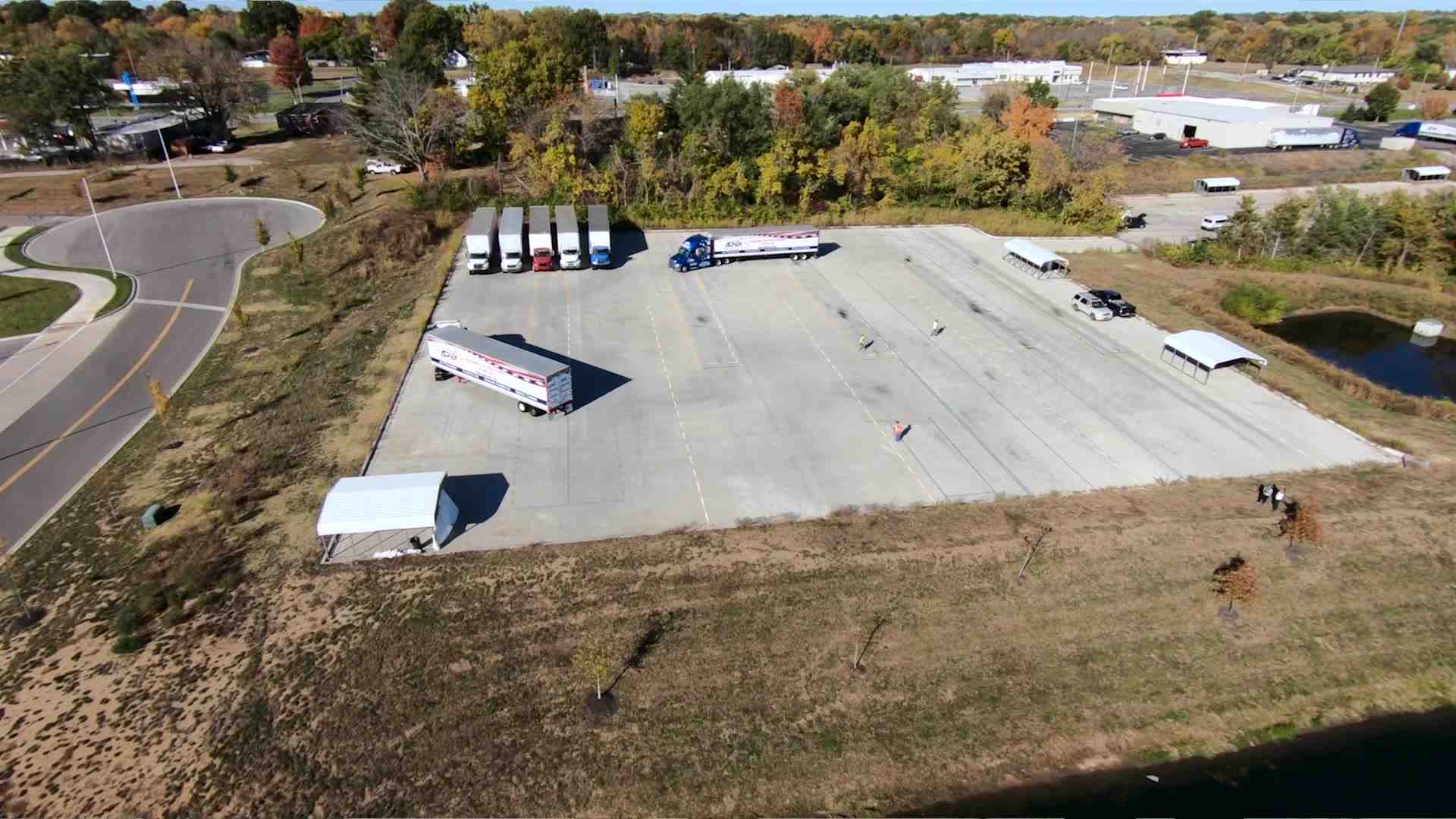
Defining the Commercial Class A Vehicle
Here’s where the rubber meets the road: federal standards define exactly what counts as a Class A vehicle. You need a commercial class a license to operate any combination of vehicles with a Gross Combination Weight Rating of 26,001 pounds or more, where the towed unit weighs more than 10,000 pounds.
Let’s put that in perspective. We’re talking about vehicles that, when combined, weigh more than 13 tons, with trailers alone weighing over 5 tons. That’s serious weight requiring serious skills.
These vehicle weight thresholds exist for good reason. Operating such massive machinery demands specialized knowledge about weight distribution, extended braking distances, and safe maneuvering techniques that go far beyond regular driving. It’s not just about being bigger – it’s about being fundamentally different from anything you’d drive with a regular license. For a deeper dive into how these classifications work, check out CDL Weight Classes.
What You Can Drive with a Class A CDL
Here’s the exciting part: a commercial class a license is like having a master key for commercial vehicles. It’s the most comprehensive CDL available, giving you access to the widest variety of vehicles on the road.
With your Class A CDL in hand, you can operate tractor-trailers (those iconic 18-wheelers you see cruising the interstates), along with various truck and trailer combinations that form the backbone of freight transportation. Depending on your location and endorsements, you might even handle double and triple trailers – though not every state allows these multi-trailer setups.
The variety doesn’t stop there. You can drive tanker vehicles for liquid cargo, flatbeds for oversized loads like construction equipment, and livestock carriers for transporting animals. Each type of vehicle brings its own challenges and rewards.
But here’s the real bonus: your Class A license also covers most Class B and C vehicles. That means you can drive large straight trucks, buses, and smaller commercial vehicles too – as long as you have any required endorsements for specific operations. This flexibility is what makes the Class A CDL so valuable in the job market.
Whether you’re hauling coast-to-coast or making local deliveries, your commercial class a license opens more career doors than any other CDL class. It’s an investment in versatility that pays dividends throughout your driving career.
The Path to Your Class A CDL: Requirements and Training
Getting your commercial class a license might seem overwhelming at first, but it’s really just a step-by-step process that thousands of people complete successfully every year. Think of it like learning to drive all over again – except this time, you’re mastering vehicles that can weigh as much as 40 tons!
The Federal Motor Carrier Safety Administration (FMCSA) sets the ground rules for CDL training nationwide, though your state might add a few extra requirements. The good news? Once you understand the process, it’s actually pretty straightforward. If you’re wondering how to get started, our Class A CDL Training program page lays out the path clearly.
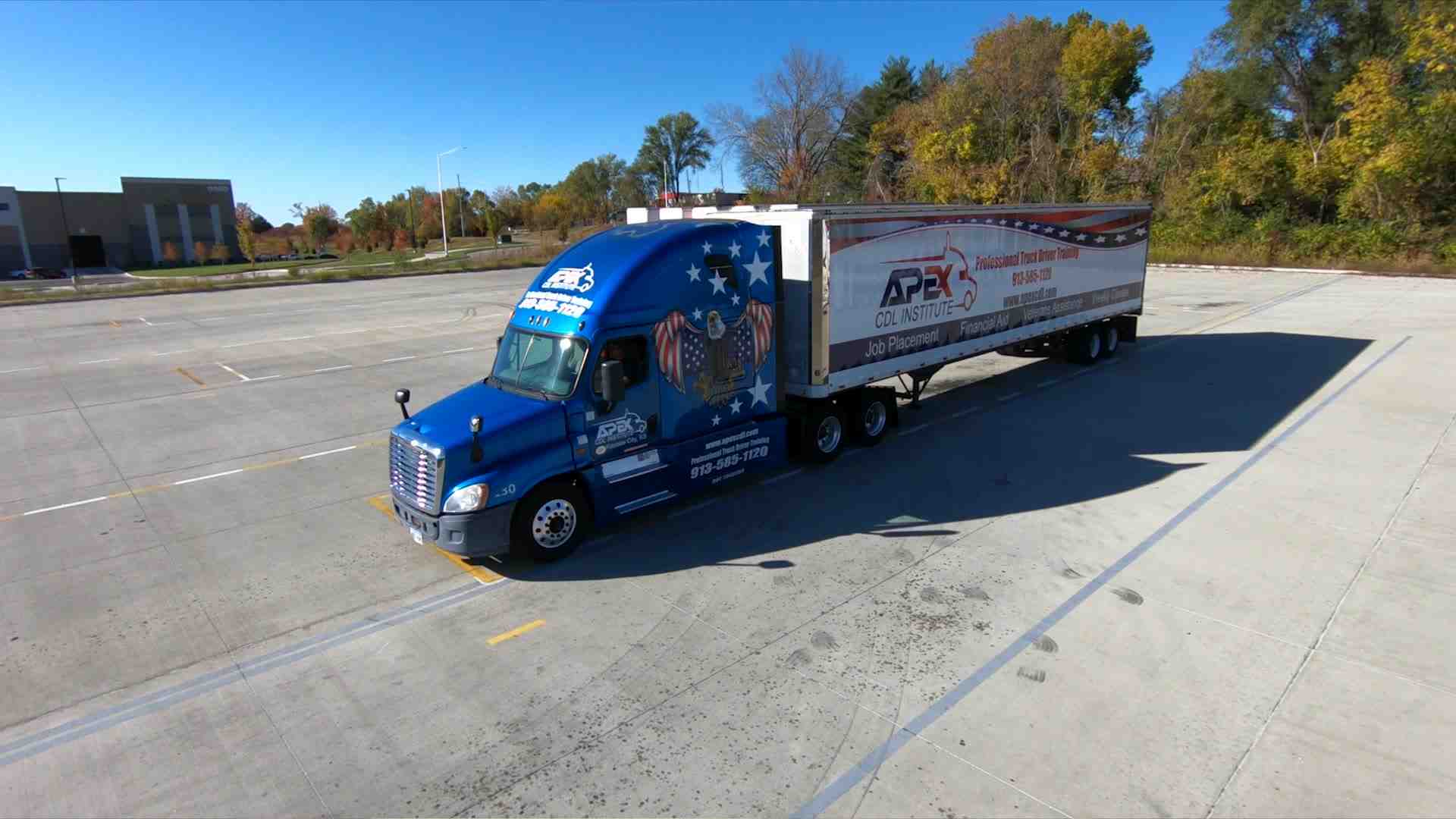
Step 1: Meeting the Basic Requirements
Before you can even sit in the driver’s seat of a big rig, you’ll need to check off some basic boxes. Don’t worry – these aren’t designed to keep you out, just to make sure you’re ready for the responsibility.
Age is the first consideration. You can get your CDL at 18 if you plan to drive within your home state (that’s called intrastate driving). But if you want to haul freight across state lines or transport hazardous materials, you’ll need to wait until you’re 21. Most trucking companies prefer drivers who can go anywhere, so many people wait until 21 to start their training.
You’ll need a clean regular driver’s license from your state. This might sound obvious, but your driving record matters a lot here. Multiple speeding tickets, DUIs, or other serious violations can disqualify you before you even start. The trucking industry takes safety seriously, and your past driving behavior is the best predictor of your future performance.
The Commercial Learner’s Permit (CLP) is your official first step into the commercial driving world. To get this, you’ll take a written knowledge test covering general CDL rules, air brakes, and combination vehicles. It’s like getting a learner’s permit when you were a teenager, except now you’re learning about 18-wheelers instead of your parents’ sedan.
Step 2: Completing an Approved Training Program
Here’s where things get serious – and exciting! Since February 2022, federal law requires all new commercial class a drivers to complete Entry-Level Driver Training (ELDT) from an FMCSA-approved provider. You can’t skip this step or do it halfway. The regulations are strict, and you can learn more about them through the Federal ELDT regulations.
Classroom instruction covers all the theory you need to be a safe, professional driver. You’ll learn about vehicle safety systems, accident prevention techniques, federal regulations that govern trucking, proper cargo handling, required documentation, and pre-trip preparation procedures. It might not sound as exciting as driving, but this knowledge will keep you safe and legal on the road.
Hands-on training is where the magic happens. This is when you’ll finally get behind the wheel and start learning to handle these massive machines. You’ll master vehicle inspection procedures (every driver’s daily routine), backing and maneuvering techniques (parallel parking a 53-foot trailer is definitely a skill!), and on-road driving in various traffic and weather conditions.
Most full-time programs require about 320 hours of training, which typically takes around 13 weeks to complete. That might seem like a lot, but remember – you’re learning to safely operate vehicles that can cause serious damage if handled incorrectly. For more details about what to expect, check out CDL Training Course Length.
Choosing a quality truck driving school makes all the difference in your success. These professional programs offer:
- Structured learning environments: Clear paths to mastering the skills you need.
- Experienced instructors: People who’ve been exactly where you are now, ready to guide you.
- Well-maintained training equipment: Learn on the gear you’ll actually use in your career.
Understanding where to begin your CDL training journey is key to ensuring you get the right foundation. You can explore more about starting your training and why a solid program matters by checking out CDL Training: Where Do I Start?.
Step 3: Passing Medical and Skills Tests
The final stretch involves proving you’re physically and mentally ready to be a professional driver. These aren’t just bureaucratic problems – they’re designed to keep everyone on the road safe.
The DOT physical exam ensures you’re medically fit to operate commercial vehicles safely. The doctor will check your vision, hearing, blood pressure, and overall physical condition. Don’t worry if you wear glasses or have minor health issues – most conditions can be managed with proper medical care. Throughout your driving career, you’ll need regular physicals to maintain your medical certification. Learn more about why Physical Exams Are a Must for CDL Drivers.
Drug screening is mandatory and non-negotiable in the trucking industry. Commercial drivers are subject to strict drug and alcohol testing regulations because public safety depends on clear-headed, alert drivers. This includes pre-employment testing, random testing during your career, and testing after any accidents. Our guide on Drug Testing for CDL explains exactly what to expect.
The skills test is your final exam, and it has three parts that build on each other. The pre-trip inspection requires you to thoroughly examine your vehicle, checking everything from engine components to brake systems to lighting. You’ll need to identify potential problems and explain what you’re looking for. Our detailed guide on CDL Pre-Trip Inspection will help you master this crucial skill.
Basic vehicle controls testing happens in a controlled environment, usually a closed course. You’ll demonstrate your ability to maneuver the truck and trailer through exercises like straight-line backing, offset backing, and parallel parking. It’s definitely trickier than it looks, but your training will prepare you for success.
The on-road driving test is where everything comes together. You’ll drive in real traffic conditions while an examiner evaluates your ability to safely operate the commercial vehicle. They’ll watch how you handle turns, lane changes, railroad crossings, highway driving, and interactions with other vehicles.
Once you pass all these tests, congratulations! You’ll have earned your commercial class a license and be ready to start your new career in trucking.
Class A vs. The Field: Understanding CDL Differences
Navigating Commercial Driver’s Licenses can sometimes feel like trying to understand a secret code, with all its classes, endorsements, and restrictions. But don’t worry, we’re here to break it down for you. The three main classes – A, B, and C – form a hierarchy, with commercial class a offering the broadest range of driving privileges. Understanding these distinctions is key to choosing the right path for your career goals.
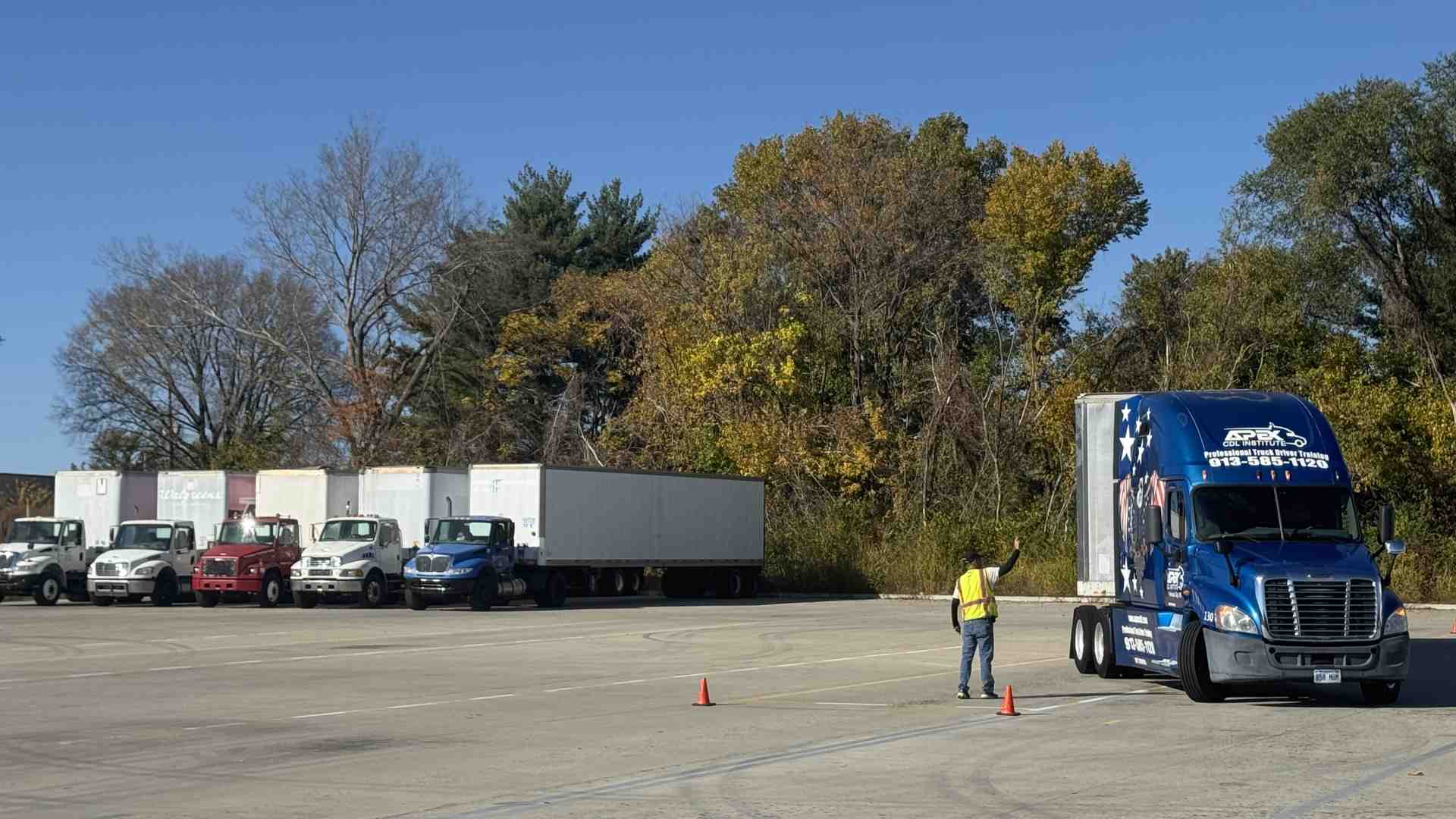
Comparing Commercial Class A, B, and C Licenses
Think of CDL classes like levels in a video game – each one open ups new abilities. The main difference between these classes comes down to vehicle weight, vehicle type, and what you can tow. A commercial class a license sits at the top of this hierarchy, giving you the most flexibility and job opportunities.
Class A CDL is your golden ticket to the biggest rigs on the road. With this license, you can operate any combination of vehicles weighing 26,001 pounds or more, as long as the towed vehicle exceeds 10,000 pounds. This means you’re qualified to drive tractor-trailers, semi-trucks, tanker trucks, flatbeds, and even double or triple trailers where permitted. The beauty of a Class A is that it also allows you to drive most Class B and C vehicles – it’s like having a master key.
Class B CDL covers single vehicles weighing 26,001 pounds or more, but limits your towing capacity to 10,000 pounds or less. Think dump trucks, delivery trucks, city buses, and large RVs. While you can’t haul the massive trailers that Class A drivers can, you’ll still have plenty of career options in local delivery, construction, and public transportation.
Class C CDL is for smaller commercial vehicles under 26,001 pounds, but there’s a catch – these vehicles either carry 16 or more passengers (including the driver) or transport hazardous materials. Examples include passenger vans, small buses, and vehicles carrying dangerous goods. The weight might be lighter, but the responsibility is just as serious.
The earning potential follows this hierarchy too. Class A drivers typically command the highest salaries because they can handle the most complex and valuable cargo loads. When you’re moving millions of dollars worth of goods across state lines, companies are willing to pay premium wages for that expertise.
Maximizing Your License with Endorsements and Restrictions
Getting your commercial class a license is just the beginning – endorsements are where you can really boost your earning power and open specialized career doors. Think of endorsements as extra certifications that prove you can handle specific types of cargo or vehicles safely.
The H endorsement for hazardous materials is one of the most valuable additions to your license. HazMat drivers transport everything from gasoline to medical supplies, and they’re compensated well for the additional responsibility and training required. You’ll need to pass a written test and undergo a background check, but the investment pays off quickly.
If you’re interested in liquid cargo, the N endorsement for tank vehicles is essential. Tanker trucks require special skills because liquid cargo shifts as you drive, affecting how the vehicle handles. The X endorsement combines both HazMat and tank vehicle privileges – it’s like having a VIP pass in the trucking world.
The P endorsement for passenger vehicles and T endorsement for double/triple trailers round out the most common endorsements. Each one opens up different career paths and typically comes with higher pay rates.
On the flip side, restrictions can limit your opportunities. The L restriction means no air brakes – a significant limitation since most commercial vehicles use air brake systems. The K restriction keeps you within state lines only. These restrictions usually come from either failing part of your skills test or having medical limitations, so it’s worth investing in proper training to avoid them entirely.
The smart approach is to get your basic commercial class a license first, then add endorsements based on your career goals. Each endorsement requires additional study and testing, but the increased earning potential and job security make it worthwhile. At Apex Technical Institute, we help you understand which endorsements align with your career plans and provide the training to earn them successfully.

